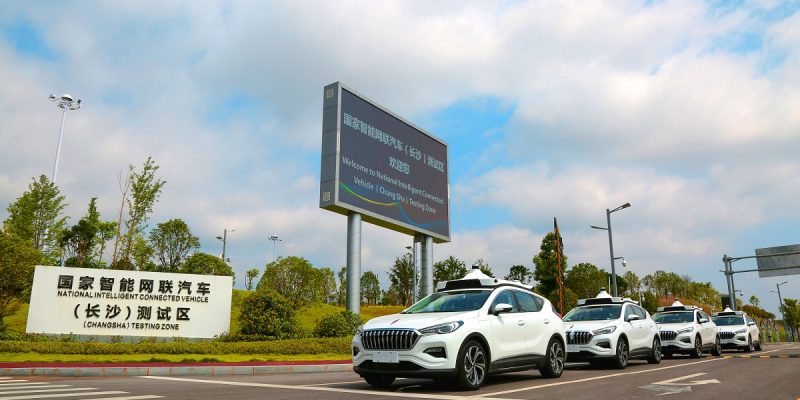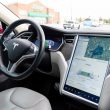Autonomous-vehicle consequences could include more traffic
Most discussions about driverless, autonomous cars, have led to claims that they will help reduce congestion. Not so, says the RAC Foundation.
It cites a UK government report which believes the opposite is true. Claiming that driverless cars could increase congestion by 85% by 2060. Presently, it’s thought that drivers lose more than 80 hours a year owing to congestion and traffic-related issue. The RAC says this dramatically shoots up to 156 hours for people living in London, according to travel supplier Inrix. The report suggests that a wider adoption of driverless cars would increase traffic because they will increase the mobility of the elderly and of those who don’t have a driving license. As the cars take more control, people will gain the ability to work or relax while travelling in autonomous vehicles, making them, drivers and passengers, more “amenable to sitting in traffic”.
Steve Gooding, director of the RAC Foundation, says the UK government has posited the notion that travel-time would be much less of an issue to people than it is now. This is because the ability to let go of the steering wheel could enable users to find enjoyment in infotainment or become more productive in their work while they travel in an autonomous vehicle.
Although congestion could be an issue with non-driving license holders being able to get about more, he says it also creates the opportunity for more on-demand autonomous services, while arguing that there is also the possibility that reduced costs could incentivize more travel.
DfT: Transport revolution
Despite the claim that driverless cars could increase rather than reduce congestion, the RAC says the Department for Transport (DfT) report believes that self-driving vehicles could “revolutionize public transport and passenger travel, especially for those who don’t drive, better connect rural communities, and reduce road collisions caused by human error”.
It adds: “Further in the future, they could, for example, provide tailored on-demand links from rural towns and villages to existing public transport options nearby. They could also provide more direct and timely services that enable people to better access vital services such as schools and medical appointments.”
The DfT released its Connected & Automated Mobility 2025 report in 2022. In the report it shows optimism about the future of autonomous vehicles. It believes that autonomous vehicles will be on our roads by 2025. However, that’s just the start of it. By 2047 it predicts that more than half of the cars in the UK will be autonomous. This includes the wider adoption of electric cars, many of which will have some form of self-driving technology.
Optimizing technology
Kaity Fischer, vice-president of commercial at Wayve comments: “Self-driving vehicles will be an integral part of a safer, more efficient and more sustainable transport system. The government’s modelling was based on the private ownership of self-driving cars but we are optimizing our technology on electric vehicles for fleet customers in sectors like last-mile delivery and shared mobility services. Self-driving vehicles, when used in electric fleets, will ultimately lead to faster journey times and reduce the number of vehicles on the road, cutting congestion and emissions.”
Sunil Budhdeo, transport innovation manager Coventry City Council and member of the Institution of Engineering Technology’s Transport Policy Panel, explains the government’s report is based on the understanding that 50% of vehicles will be autonomous. In his opinion that figure would have to be 80-80% to have any impact on reducing congestion. This is because the vehicles at this level of proliferation would be talking to each other, as well as to the infrastructure.
He adds: “The infrastructure needs to improve communication with the raw data that’s given to the vehicles, such as traffic regulation orders and parking spaces, as well as improving the availability of the network. Current vehicles have the technology, which has been deactivated owing to the current regulations of driving autonomously only with a safety driver. To move to the next level, we need to improve the vehicle-to-vehicle (V2V) and vehicle-to-infrastructure (V2X) communication. It’s not over optimistic but it’s about managing those expectations.”
To read the complete article, visit TU-Automotive.

















